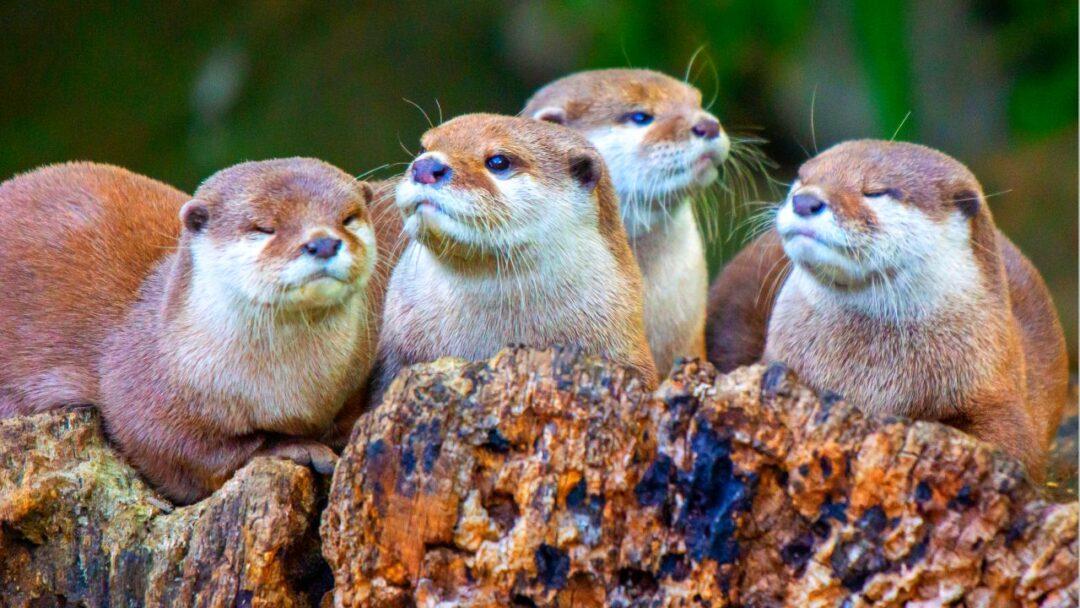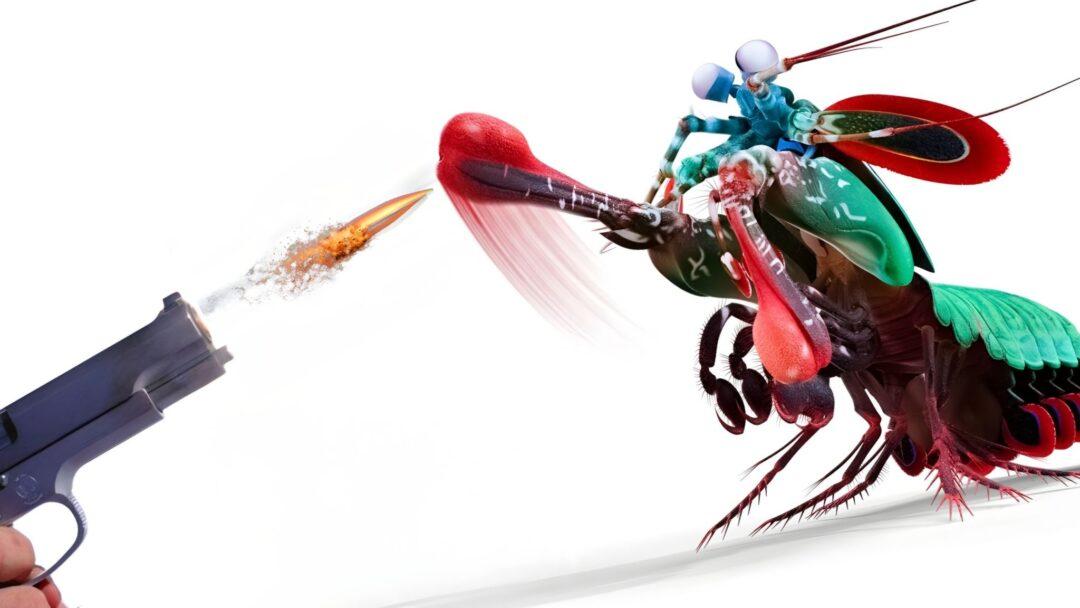
Table of Contents
Introduction
Otters are endearing, amusing, and perceptive animals that live in rivers, lakes, and coastal regions all over the world. From the little river otter to the enormous sea otter, there are 13 different species of otters. In this post, we’ll look at ten fascinating facts about otters, including some enigmatic information, urban legends, and their value to the ecology.
10 Interesting Facts About Otters
- Otters are excellent swimmers: Otters are known for their swimming abilities and can hold their breath for up to eight minutes. They use their webbed feet and strong tails to propel themselves through the water.
- Otters are carnivores: Otters feed on a variety of prey including fish, crustaceans, and mollusks. They use their dexterity to open shells and find food.
- Otters have dense fur: Otters have the densest fur of any mammal. Their fur is made up of two types of hair, guard hair and underfur. The underfur traps a layer of air that keeps them warm in cold water.
- Otters use tools: Some species of otters, such as the sea otter, use tools to find food. They use rocks to crack open shells and other hard objects.
- Otters are social animals: Otters are very social and live in groups called rafts. They communicate with each other through vocalizations, touch, and body language.
- Otters have a playful nature: Otters are known for their playful behavior. They are often seen playing with each other, using rocks or other objects as toys.
- Otters have unique vocalizations: Otters have a range of vocalizations, including whistles, growls, and chirps. They use these sounds to communicate with other otters.
- Otters are endangered: Several species of otters are endangered due to habitat loss, pollution, and overfishing. It is important to protect these animals to ensure their survival.
- Otters have a special relationship with kelp: Sea otters are known to hold hands while sleeping to prevent themselves from drifting away. They also play an important role in the ecosystem by maintaining the health of kelp forests.
- Otters are excellent parents: Otters are dedicated parents and can be seen carrying their young on their chests or backs. They teach their young how to swim and find food.
Mysterious Facts and Myths
Otters have long been associated with myths and mysteries. Here are some interesting facts and myths about otters:
- In some cultures, otters are believed to have magical powers and are associated with the spirit world.
- In Japanese folklore, the otter is believed to have shape-shifting abilities and can transform into a beautiful woman.
- Some people believe that otters have a special connection with the supernatural world.
Important to Ecosystem
Otters contribute significantly to the ecology. By managing fish and other prey species populations, they contribute to the preservation of the delicate balance of aquatic ecosystems. By consuming sea urchins that would otherwise overgraze the kelp, otters also contribute to the survival of kelp forests.
What are otters?
Otters are semi-aquatic mammals that belong to the Mustelidae family. They are known for their playful behavior, streamlined bodies, and webbed feet, which make them excellent swimmers.
How many otter species are there?
There are 13 recognized species of otters, including the sea otter, river otter, giant otter, and Asian small-clawed otter, among others.
Where do otters live?
Otters can be found on every continent except Antarctica. They inhabit a wide range of habitats, including rivers, lakes, marshes, coastlines, and even some marine environments.
What do otters eat?
Otters have a diverse diet consisting mainly of fish, but they also consume crustaceans, amphibians, birds, and small mammals. Some species of otters are even known to use tools, such as rocks, to crack open shells.
How long can otters hold their breath underwater?
Otters are excellent divers and can hold their breath for an impressive amount of time. Depending on the species and activity level, otters can stay submerged for 1 to 4 minutes.
Are otters social animals?
Yes, otters are social creatures and often live in family groups or small communities. They engage in various social behaviors, including grooming, playing, and vocalizing to communicate with each other.
Do otters have any natural predators?
While otters are skilled swimmers and agile hunters, they do have natural predators in some areas. Predators of otters can include large fish, birds of prey, alligators, and even larger mammals like bears and wolves.
How do otters keep warm in cold water?
Otters have dense fur that consists of a waterproof outer layer and a thick undercoat. This insulation helps to keep them warm in cold water by trapping air close to their bodies, creating a layer of warmth.
Can otters use tools?
Yes, otters are known for their tool usage. They often use rocks or other objects to crack open shells, accessing the nutritious contents inside.
Are otters endangered?
The conservation status of otter species varies, with some being listed as endangered or vulnerable due to habitat loss, pollution, and hunting. It is important to protect their habitats and promote conservation efforts to ensure their survival.
Conclusion
Otters are intriguing creatures with distinctive traits. They are gregarious creatures that can swim well and eat meat. Otters and kelp have a unique interaction, and they play a crucial role in keeping the environment in balance. To ensure these species’ continued existence for future generations, protection is crucial.
10 Interesting Facts About Kangaroos : NEXT POST




